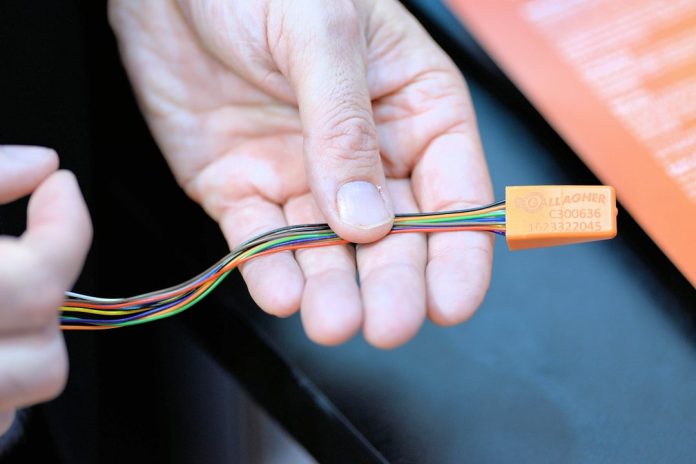In this Q&A, SEN speaks with Gallagher’s Phil Marr and Pedro De Jesus to find out what’s so special about Class 5 security sensors and how secure they are, as well as chatting about security and perimeter solutions that feed into the overall capability of alarm access solutions and, ultimately, professional monitoring systems.
JA: High security sensors and secure communications paths to meet Class 5 standards – what’s the all about and why is it important for some end users to ensure not only do they use the best sensors but also ensure they can’t be compromised in any way?
PM: Class 5 solutions were developed in line with Australian Standards AS/NZS 2201.5-2008 and are used to ensure the protection of Zone 3 areas. These areas are restricted and therefore need an assured solution to protect them, devices utilised in these areas need to be tested/certified to ensure they cannot be compromised, not only by external threats but to also protect against the trusted insider.
Most commercial detection devices utilise a resistor network; however, with basic electronic knowledge these networks can be defeated. But by utilising polled, encrypted end of line devices, this task becomes infinitely more complex. Another subset of this is the installation and maintenance tasks that have been identified to ensure continued compliance. This solution has been developed for use in government installations; however, it can be adopted by any commercial application that has a requirement for additional layers of security, for example, financial, corrections, research, data centres etc.
JA: Would you agree that in perimeter applications and on larger sites, careful sensor choices and clever zones of powered fence solutions allows the best integration with CCTV and alarm management software?
PDJ: Absolutely, for larger sites sensor choice and zoning is vital to achieving the best possible level of security when integrating with CCTV and alarm management systems. I am a strong advocator for layered solutions to allow for early detection, a deterrent, together with video verification and a detailed audit trail of the sequence of events.
Sensor choice is a big discussion and selecting the correct sensor type can be challenging, common technologies are vibration, acoustic, fibre and microwave. Each of these technologies can have different specifications as to how long or big zones can be, whether zones can be software controlled or need to be physical zones, and performance can vary depending on the structure they are monitoring.
While experience in such applications is a significant advantage, I highly recommend trialling the technology at the facility prior to roll out. This way factors such as local environmental conditions and system performance can be monitored over time – I’ve found this very beneficial on several major projects.
Clever zoning is important for both technologies, however, for powered fence solutions zoning is all important – such as where there are entry and exit gates. Configuring them as separate zones allows people to arm/disarm the gate zone for safe entry/exit whilst the wider perimeter remains secure. Clever zoning allows for a quick response, especially when CCTV is used as a complementary technology – the shorter the zones the quicker the response will be.
Having the video verification of the event allows the security team to coordinate their response to ensure the best course of action is followed when an alarm is raised in the alarm management software. It’s a lot easier nowadays as both perimeter and camera technologies have advanced significantly, allowing us greater flexibility and interfacing when designing solutions.
JA: Will we ever see alarm sensors as edge devices communicating directly over the internet, or is there no need for this?
PM: With the current push for IoT this is a distinct possibility moving forward. It would allow for more devices in different locations to be able to provide a more accurate picture of what is occurring. However, with this push we need to also ensure that the solution provided is robust and secure. Having devices such as these communicating on the internet will expose a new vulnerability which could be exploited remotely.
JA: When you’re pushing intrusion detection out of buildings towards the edge of a site, how effective are powered fence solutions compared to more static perimeter sensor choices?
PDJ: The effectiveness of powered fence solutions over the static perimeter solutions is the ability to deter, detect and delay an attack. Delay is the key; it has been shown that if a site is easy to break into (without a powered fence) prospective intruder are more likely to target them than one with a powered fence.
Static sensors can and are often installed as part of a layered perimeter solution where they can act as an early warning alarm before someone attempts to attack a powered fence (MPF), this is common in correctional facilities where beams are installed in a sterile zone with an outer powered fence.
While static sensor technologies have come a long way, for commercial applications they fall short of delaying or deterring an intruder, making them more popular for lower security solutions, smaller confined areas, and where budgets don’t allow for a fully monitored perimeter fence.
#sen.news








